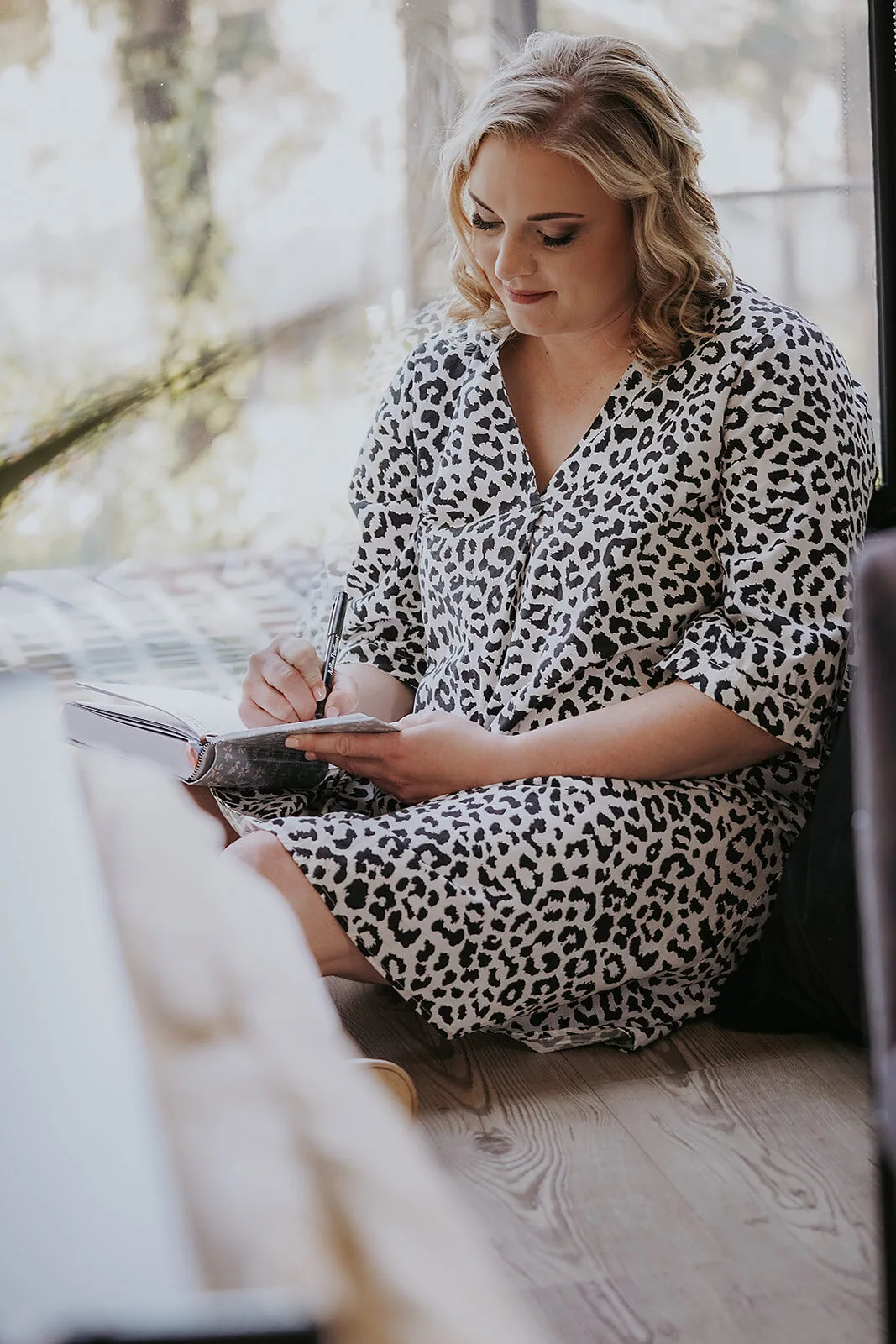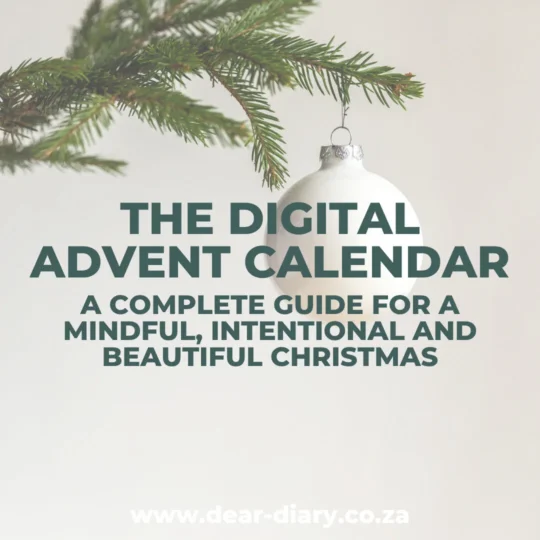You’ll uncover hidden patterns about yourself by combining quick sketches, colour washes, or collages with 15-minute freewriting sessions that bypass your conscious filters. Start with micro-journaling—short artistic entries alongside stream-of-consciousness writing that reveals underlying motivations you didn’t know existed. Track recurring themes like emotional triggers and relationship conflicts, then convert these revelations into SMART goals. This dual approach reduces anxiety whilst strengthening memory recall and emotional regulation better than traditional journaling alone, and there’s much more beneath the surface.
Why settle for surface-level self-reflection when creative journaling can reveal the deeper patterns shaping your life? You’re missing significant revelations if you’re only scratching the surface of your thoughts and emotions. Creative journaling combines artistic expression with written reflection, creating a powerful tool that goes far beyond traditional diary keeping.
Start with micro-journaling to open up your subconscious mind. This technique blends short artistic entries with free-form writing, helping you access thoughts you didn’t even know existed. Spend just 10-15 minutes creating quick sketches, colour washes, or collages alongside stream-of-consciousness writing.
Micro-journaling unlocks subconscious thoughts through brief artistic expression combined with unfiltered writing, revealing hidden insights in just 10-15 minutes daily.
Freewriting serves as your gateway to hidden concerns and aspirations. Set a timer for 15 minutes and write continuously about your daily experiences without editing or censoring yourself. This unstructured approach reveals patterns your conscious mind typically filters out, exposing underlying motivations and unexpressed desires.
Art integration amplifies emotional exploration beyond words alone. Use colour washes to represent your current mood, create collages that symbolise complex life events, or incorporate natural elements like pressed fynbos to ground yourself in the present moment. Mixed media journaling validates the “no rules” approach, reducing self-editing that often blocks authentic expression.
Track emotional triggers by analysing recurring themes in your entries. Notice when embarrassment, joy, or frustration repeatedly appear.
Document relationship conflicts and moments of clarity to expose your communication patterns. This pattern recognition increases self-awareness and helps you grasp your core values and identity markers. Your ubuntu philosophy and connection to community often emerge through these reflections.
Convert revelations into actionable goals using SMART objectives. Instead of writing “I want to be creative,” specify “I’ll write 500 words weekly and complete one art project monthly.” Find a comfortable, distraction-free space to honour your personal well-being and growth process. Your journal becomes an accountability partner, helping you monitor progress and adjust strategies based on what you uncover about yourself. Research demonstrates that written goals increase the likelihood of achievement by 42%. Regular journaling practice enhances your problem-solving skills and creative thinking abilities.
Practise structured mindfulness whilst journaling by concentrating on breath awareness or daily moments. List three positive experiences to nurture optimism, or write self-compassion affirmations when you’re being overly critical.
Reflective journaling helps you analyse past decisions and conflicts to identify underlying wounds or motivations. This practice engages the brain’s limbic system to enhance emotional regulation throughout the self-discovery process. Compare entries from different time periods to track your growth in resilience and self-compassion.
Creative journaling consistently reduces anxiety, depression, and stress whilst improving emotional regulation. The cognitive benefits include strengthened memory recall and fewer intrusive thoughts. You’re fundamentally rewiring your brain for greater self-understanding and emotional stability.
Frequently Asked Questions
How Long Should Each Creative Journaling Session Last for Effective Self-Discovery?
You’ll find 10-15 minutes works best for building sustainable habits. Start with shorter 6-minute sessions if you’re new, then extend to 30 minutes when you’re ready for deeper emotional exploration.
What Supplies Do I Need to Start Creative Journaling as a Beginner?
You’ll need a mixed media journal, fine liner pens, pencils with rubbers, basic markers or coloured pencils, glue sticks, scissors, and washi tape. These essentials let you write, draw, and create collages effectively.
Can Creative Journalling Replace Traditional Therapy for Mental Health Issues?
Creative journalling can’t replace traditional therapy for severe mental health issues. You’ll find it works best as a supplement to professional treatment, offering modest benefits for anxiety and PTSD whilst supporting your therapeutic path.
How Often Should I Review My Past Creative Journal Entries?
You should review past entries weekly for immediate patterns, monthly for deeper themes, and seasonally for long-term growth. Add trigger-based reviews during major life events to maximise self-discovery understanding.
Is Creative Journalling Effective for People Who Don’t Consider Themselves Artistic?
You don’t need artistic talent for creative journalling. Use predesigned layouts, magazine cuttings, photos, and simple tools like coloured pens or stickers. Focus on self-expression and mental clarity rather than creating polished artwork.





